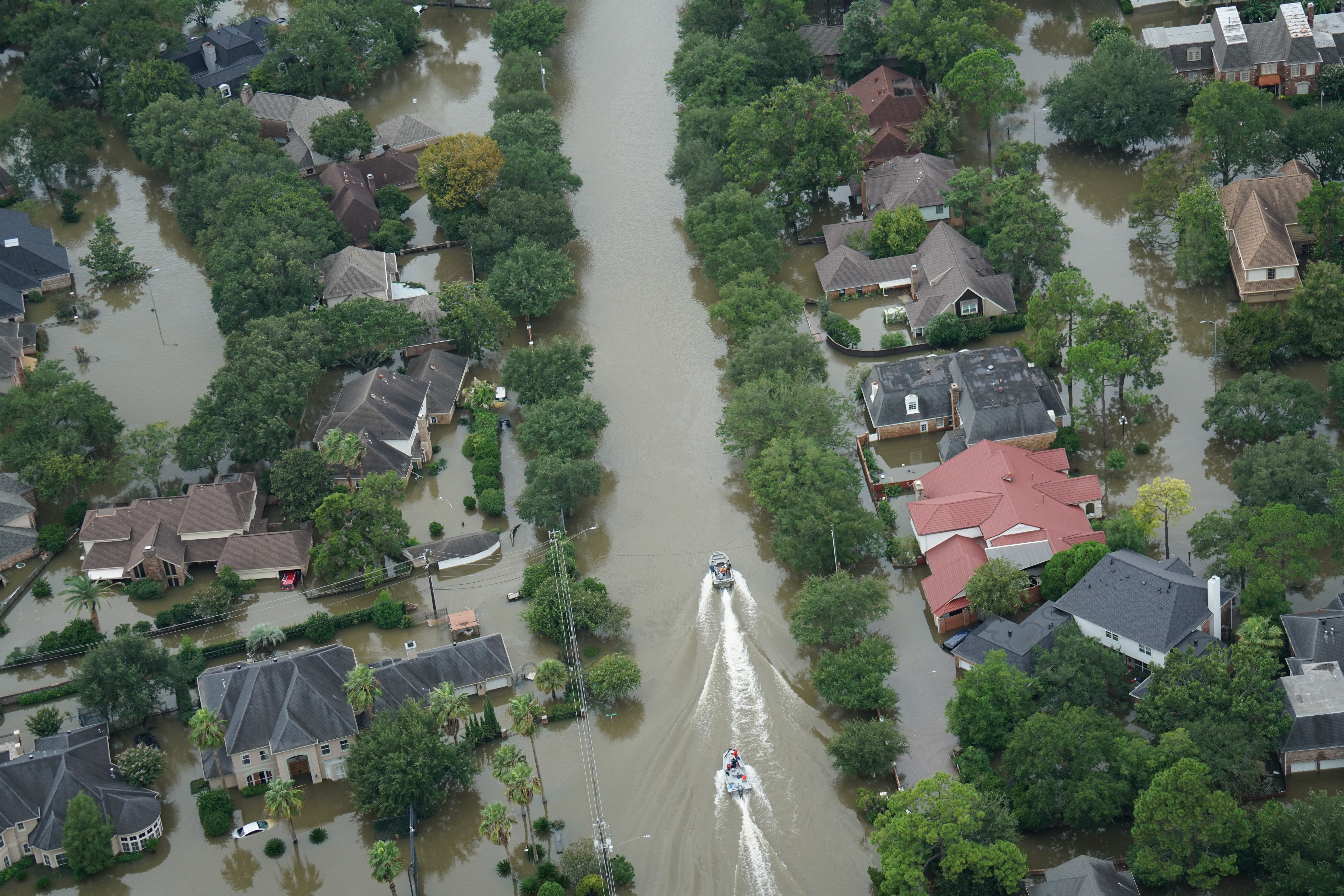Preparing for a disaster is easy…not preparing could be deadly. Nobody ever plans on becoming a statistic, yet the headlines show us time and time again how following simple, easy-to-do preparation tips before disaster strikes can make all the life-saving difference after disaster hits.
Hurricane Harvey has shown us once again the brutal power Mother Nature can unleash, and the consequences that can occur from not preparing and ignoring the warning signs. A week after Harvey came ashore, the number of disaster victims continues to rise.
Here are some easy steps to take to dramatically lower your odds of becoming a victim in a Natural Disaster:
- Heed the warnings: know if you live in an evacuation zone. Assess your risks and know your home’s vulnerability to storm surge, flooding, and wind. Understand NWS watches and warnings. Sign up for emergency alerts and be aware of how the different agencies will communicate during a disaster.
- Little things can make a big difference. Keep plenty of batteries on hand for flashlights, phones, laptops, radios, and limit the amount of time you spend on battery dependent communication devices and appliances.
- Have all family member’s and other important numbers written down or memorized. Keep a list of contact information for references: Emergency Management Offices-County Law Enforcement – County Public Safety Fire/Rescue – Local hospitals – Local utilities – Local American Red Cross – Local Media Outlets – Property Insurance Agent
- Prepare for the unexpected. Create a Plan of Action and practice it. Friends and family may not be together when disaster strikes, so you need to determine: how to find each other; how to know if your children or parents are safe; what to do if the utilities are shut off?
- Learn your area’s evacuation route and shelter locations. Plan your Evacuation. They are fairly common, before, during and after a disaster. Where will your family regroup after evacuating? Pick one location outside your home and one outside the neighborhood. Decide where you will go before disaster strikes.
- Prepare a kit for basic necessities. This would include water, basic first aid supplies and other emergency equipment you may already have around the house (flashlights, duct tape, bandages, etc.). It is recommended to have 3 days supply of food and water.
- And don’t forget about your pets. Make sure you prepare a kit for them and take into account the fact they may not be allowed inside public shelters. If possible, try to evacuate to a friend or family’s house and it is highly recommended to have your pet microchipped in the event you are separated.
Natural disasters have shifted and shaped our world since the beginning of time. The odds of them happening far exceed the hopeful expectation that somehow they’re done impacting the world as we know it. The fact they will happen is not in dispute…the bigger and only question is when.
For example, scientists basically agree that a magnitude-8 earthquake will likely occur in the Pacific Northwest within the next fifty years, rearranging the entire coastline of the region. If you’re a person who thinks 50 years is a long time, then your disaster preparedness kit probably needs some attention.
If, however, your outlook takes into consideration the number of natural disasters that have occurred in the past decade alone across the globe, then you’re one of the smart ones who understand the importance of Disaster Preparedness today.


